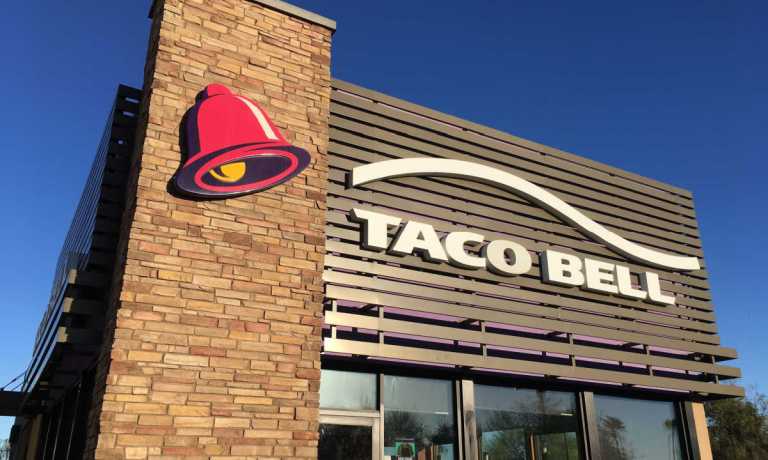
Taco Bell will add AI voice technology to hundreds of its drive-thrus by year’s end.
It’s part of parent Yum! Brands’ plans to integrate voice artificial intelligence (AI) to its stores around the world, the company announced Wednesday (July 31).
“The rollout of Voice AI technology in Taco Bell, currently in more than 100 Taco Bell U.S. drive-thrus across 13 states, is designed to enhance back-of-house operations for team members and elevate the order experience for consumers,” Yum said in a news release. “Benefits include easing task load for team members, improving order accuracy, providing a consistent, friendly experience, and reducing wait times, while driving profitable growth for Taco Bell, Yum! Brands and their franchisees.”
Based in Louisville, Kentucky, Yum’s other brands include Pizza Hut and KFC. In addition to the Taco Bell AI integration, five KFCs in Australia are simultaneously testing Voice AI technology in drive-thrus.
As PYMNTS wrote last month, AI speech technology is a growing sector, yet it hasn’t fully taken off in the restaurant sector so far. McDonald’s recently ended its partnership with IBM to develop an AI-powered drive-thru system, choosing to remove the technology from over 100 restaurants.
A spokesperson for McDonald’s said a voice ordering solution for drive-thrus will be “part of our restaurants’ future” and added: “We see tremendous opportunity in advancing our restaurant technology and will continue to evaluate long-term, scalable solutions that will help us make an informed decision on a future voice ordering solution by the end of the year.”
“The fast-food giant’s decision highlights both the challenges and opportunities in implementing AI voice-ordering systems amid industry wide labor shortages and the push for streamlined operations,” PYMNTS wrote.
Other fast-food chains, such as Checkers & Rally’s Restaurants Inc., CKE Restaurants Holdings Inc.’s Hardee’s and Carl’s Jr., and Wendy’s Co., are either testing or have implemented similar technology in their drive-thrus. Yum, meanwhile, has increased its investment in digital, technology and innovation to $21 million in 2023, compared to $11 million the previous year, according to The Wall Street Journal.
Meanwhile, PYMNTS wrote last week that technology and technology and automation are increasingly crucial tools in addressing staffing shortages in the restaurant section.
“As of May, restaurant employment has grown by less than 1% despite high demand. This ongoing staffing crunch is pushing restaurants to rely more on technology and automation, including for payment processing,” that report said.